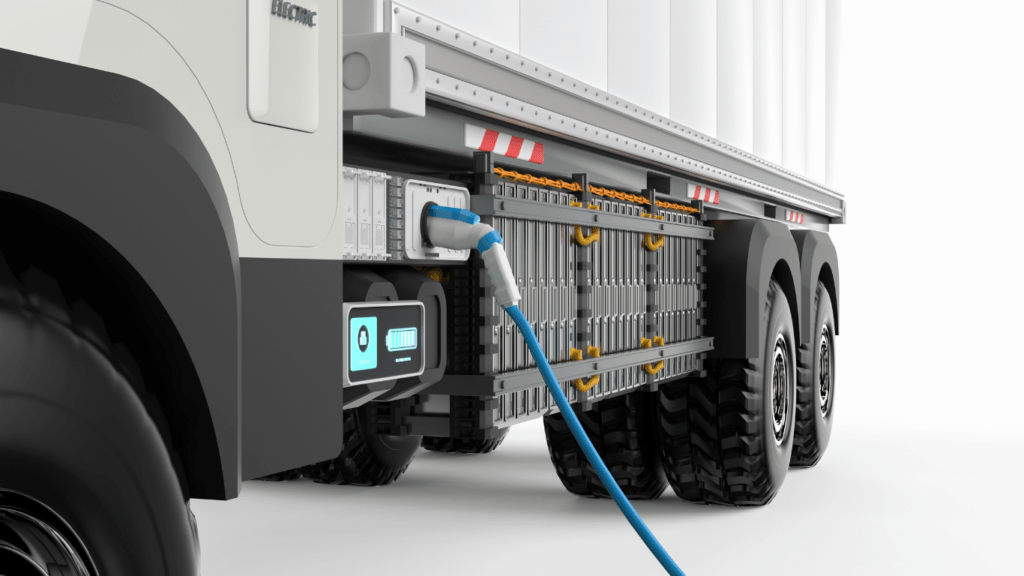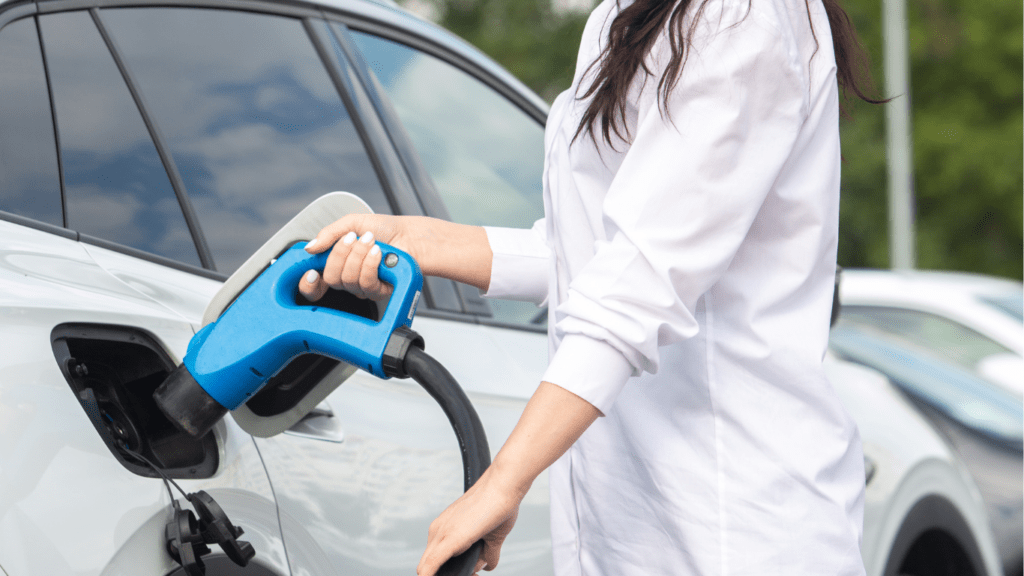Emerging Battery Technologies
Battery technology is the backbone of the electric vehicle (EV) revolution. Several cutting-edge developments are set to redefine how we perceive range, charging times, and overall performance.
Solid-State Batteries
Solid-state batteries promise to significantly enhance energy density and safety. Unlike traditional lithium-ion batteries, they use a solid electrolyte, which reduces the risk of leaks and fires. In 2024, companies like Toyota and QuantumScape are leading the charge in this area. These batteries could offer longer ranges and shorter charging times, potentially making EVs more practical for everyday users. With prototypes already showcased, they’re expected to enter mass production soon.
Fast-Charging Solutions
Fast-charging solutions focus on reducing the time it takes to charge an EV. In 2024, we can expect advancements in ultrafast charging networks. Companies like Tesla and Ionity are developing chargers that can deliver 200-350 kW of power, allowing EVs to gain around 200 miles of range in just 15 minutes. Enhanced cooling systems and new battery chemistries also play a role in making fast charging more efficient and accessible. This innovation addresses one of the biggest concerns for potential EV buyers—charging downtime.
Autonomous Driving Capabilities
Autonomous driving is one of the most transformative innovations in the EV industry. Cutting-edge developments in this field aim to enhance safety and convenience.
Advanced Driver Assistance Systems (ADAS)
ADAS includes features like lane-keeping assistance, automatic emergency braking, and adaptive cruise control. These systems improve driving safety by reducing human error. Companies like:
- Tesla
- Waymo
are pioneering these technologies. Tesla’s Autopilot and Waymo’s sensors are becoming more integrated. In 2024, ADAS improvements will likely include better object detection and more accurate response times.
Fully Autonomous Prototypes
Fully autonomous prototypes aim to eliminate the need for driver intervention. These vehicles use a combination of sensors, cameras, and AI algorithms to navigate. Waymo, for example, conducts road tests with no safety drivers onboard. Similarly, Tesla’s Full Self-Driving (FSD) shows progress but remains in beta testing. By 2024, expect advancements in the accuracy and reliability of these systems to push us closer to truly driverless cars.
Enhanced Connectivity Features
Enhanced connectivity features in EVs are set to make significant strides in 2024, offering drivers a seamless and integrated experience. These advancements will not only improve user convenience but also create smarter and more efficient transportation systems.
Vehicle-to-Everything (V2X) Communication
Vehicle-to-everything (V2X) communication enables EVs to interact with each other, infrastructure, and other road users. This technology increases safety and traffic efficiency. For example, V2X allows EVs to communicate with traffic lights, reducing idle times and improving battery efficiency. It also facilitates real-time data exchange, helping to prevent accidents and manage traffic flow. Companies like Qualcomm and Intel are developing V2X solutions, with pilot projects already demonstrating significant benefits in urban settings.
Over-the-Air Updates
Over-the-air (OTA) updates offer a critical innovation in EV maintenance and functionality. These updates allow manufacturers to remotely update vehicle software, enhancing features or fixing bugs without requiring a visit to the service center. For instance, Tesla frequently uses OTA updates to roll out new features or enhance existing ones, keeping their vehicles at the cutting edge of technology. In 2024, more automakers will likely adopt this approach, offering enhanced functionality and prolonged vehicle lifespan. OTA updates also ensure that EVs remain secure against emerging cybersecurity threats, maintaining optimal performance and safety.
Enhanced connectivity features like V2X communication and OTA updates will significantly advance EV technology by 2024, paving the way for smarter, safer, and more efficient driving experiences.
Sustainable Materials and Manufacturing

Advancing the EV industry, sustainable materials and manufacturing processes are crucial for eco-friendly innovations in 2024.
Eco-Friendly Materials
- Several manufacturers now focus on using eco-friendly materials. Companies incorporate recycled plastics and metals in vehicle components, reducing reliance on virgin resources. BMW’s electric i3, for instance, uses recycled plastic and renewable fibers in its interior.
- Natural fibers are another focus. Automakers are exploring hemp, kenaf, and flax to create biodegradable components. These materials not only reduce environmental impact but also lower vehicle weight, enhancing efficiency.
- Battery production is another area seeing a shift. Firms like Tesla are investigating cobalt-free batteries, reducing reliance on environmentally harmful mining practices. Using nickel and silicon in battery composition could lessen ethical and ecological concerns.
Energy-Efficient Production Processes
- Manufacturers aim to minimize energy consumption in production processes. Gigafactories such as Tesla’s utilize renewable energy sources like solar and wind power, significantly lowering carbon footprints.
- Automation plays a role too. Enhanced robotics in manufacturing can increase efficiency and reduce waste. BMW’s iFactory concept, for instance, integrates intelligent systems to optimize energy use during production.
- Recycling end-of-life batteries marks another energy-efficient practice. Companies develop methods to recover valuable materials like lithium and nickel from used batteries, decreasing the need for new resources.
- Sustainable materials and manufacturing improvements are set to make 2024 a pivotal year for eco-friendly advancements in the EV industry.
Cutting-Edge Design and Aesthetics
Electric vehicles (EVs) set to hit the market in 2024 boast groundbreaking design innovations. The focus isn’t just on aesthetics but also on enhancing performance and user experience.
Aerodynamic Innovations
EV manufacturers are prioritizing aerodynamics to improve efficiency. Models like the Tesla Model S Plaid and Lucid Air have sleek designs that reduce air resistance, increasing range. Innovations include adaptive spoilers that adjust to speed, and underbody panels that streamline airflow. These features lower drag coefficients, which means better battery performance and higher speeds without extra energy consumption.
Customizable Interiors
EVs of 2024 will offer highly customizable interiors. Brands like Rivian and BMW are introducing modular designs where users can personalize seating layouts and dashboard configurations to suit their preferences. Ambient lighting options and customizable infotainment systems enhance the driving experience. This focus on personalization not only caters to driver comfort but also sets the stage for a more user-centric approach to car design.




